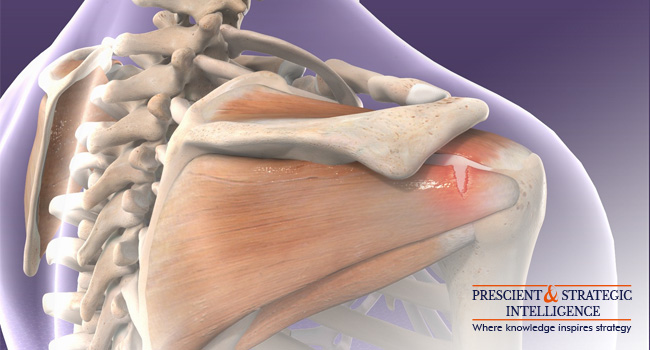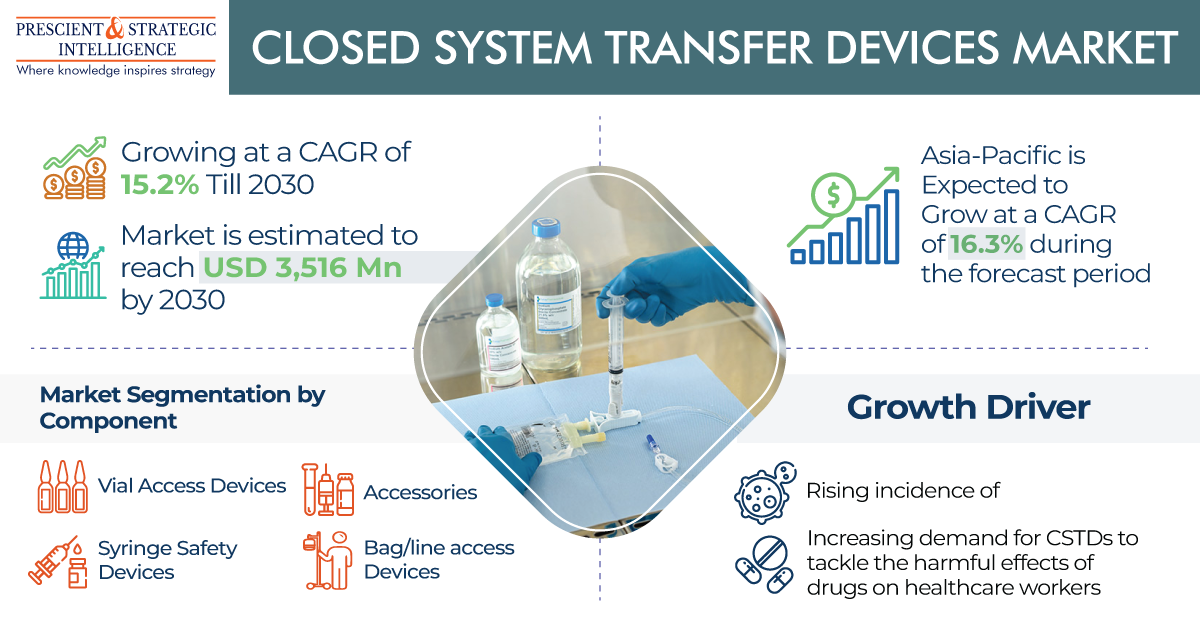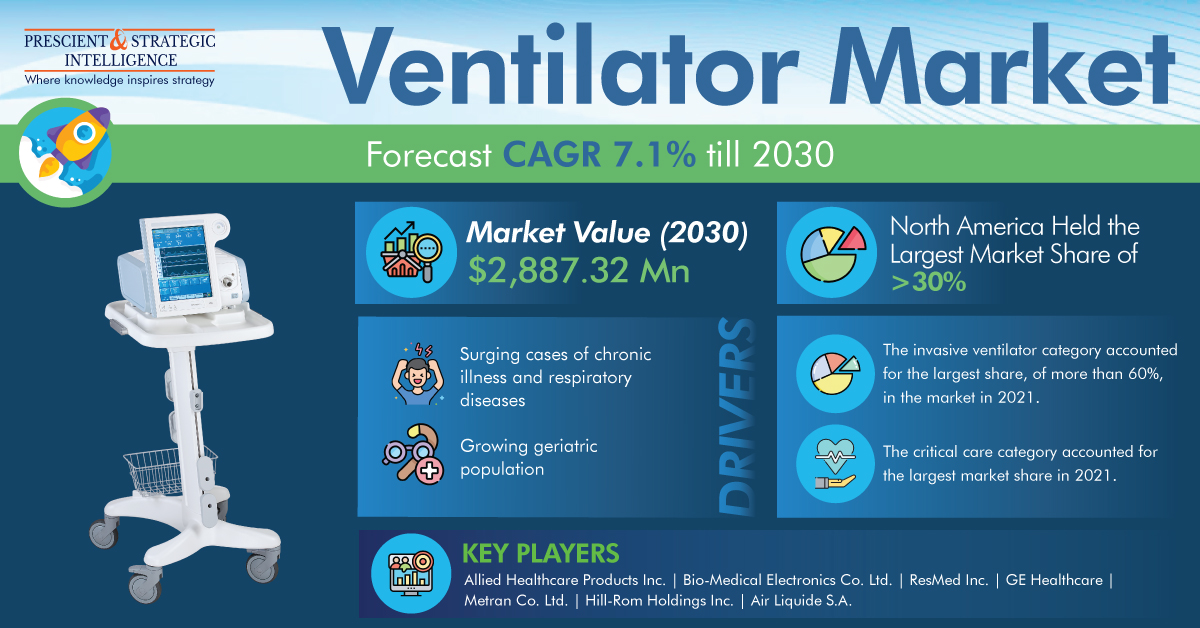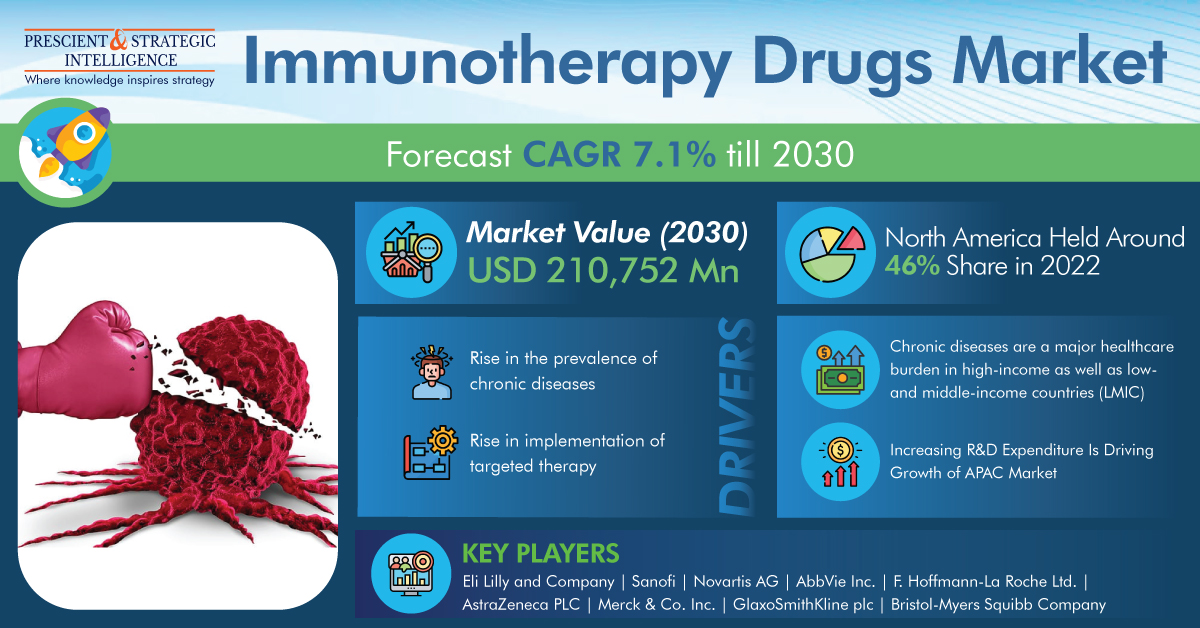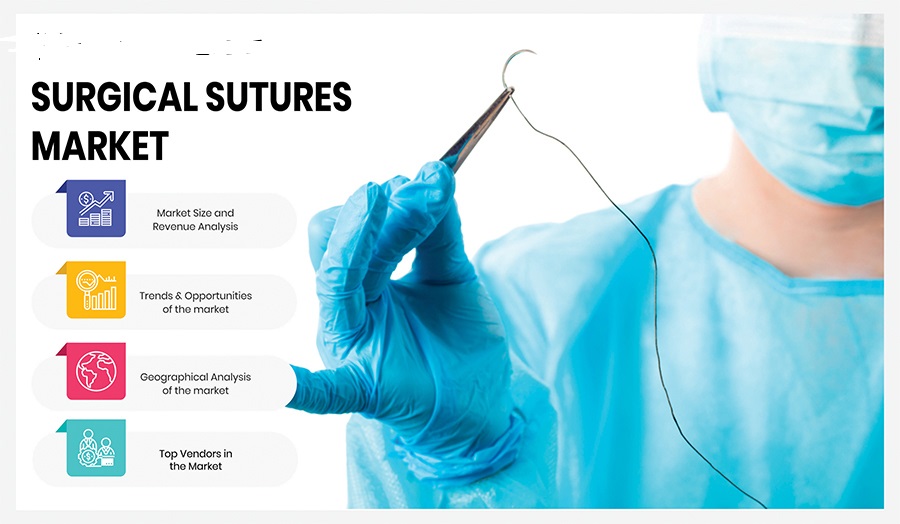Extracorporeal membrane oxygenation (ECMO) includes pumping blood outside the body to a lung-heart machine, eliminating carbon dioxide and returning oxygen-rich blood to the body’s tissues. The heart-lung machine’s membrane oxygenator receives blood from the right portion of the heart, rewarms it, and then returns it to the body.
With the help of this technique, the lungs and heart can rest and recover since the blood may “bypass” them. When the lungs and heart require assistance so that you can recuperate, ECMO is utilized in critical care conditions. It can treat infections including ARDS, COVID-19, and others. The global extracorporeal membrane oxygenation machine market is on track to hitting $834.5 million value by 2030.
Who Is Eligible for ECMO Therapy?
For patients suffering from severe injury or infection, lung failure, cardiac arrest, or heart failure, doctors may advise ECMO. To keep a seriously sick patient stable while they make a diagnosis or begin therapy, doctors can employ ECMO. ECMO can maintain blood oxygenation and circulation for anyone awaiting a lung or heart transplant.
ECMO for Children and Babies
While children are recuperating from a life-threatening (though curable) condition, the ECMO machine can perform the functions of their heart and lungs. Your kid will be given sustenance during ECMO, comfort drugs, blood thinners to prevent blood clotting, and other supplies to help the blood flow via the ECMO machine.
Veno-Venous vs Veno-Arterial
A temporary mechanical aid that enables sustained cardiopulmonary support is called veno-venous ECMO (VV-ECMO). It is used in patients with respiratory failure that poses a life-threatening risk and is a development of the cardiopulmonary bypass system.
Even though this highly complicated approach has significant dangers, such as infection, hemorrhage, and thromboembolic events, it can nonetheless give pretty comprehensive breathing support. While traditional VV-ECMO circuits often use the cannulation of two vessels, it is now feasible to provide VV-ECMO assistance with only one cannula.
The most sophisticated temporary life support method, veno-arterial extracorporeal membrane oxygenation (VA-ECMO), is unique because it offers simultaneous gas exchange and instant, full hemodynamic support.
In addition, it is commonly used to treat people with pulmonary hypertension and thromboembolism, especially in sudden decompensation, resulting in the need for an extracorporeal membrane oxygenation device.
Burgeoning Medical Awareness of ECMO Devices
As more patients become aware of the advantages of cardiopulmonary aid for severe cardiac and respiratory disorders, the frequency of ECMO therapy acceptance will grow. The introduction of patient education initiatives on ECMO devices and their uses in developing nations like the Middle East and Asia has increased demand for these devices.
For example, the inaugural Abu Dhabi Trauma and ECMO conference was held in May 2022 and was organized by the Department of Health Abu Dhabi (DoH) to improve the standard of care for patients with trauma, lay out a plan for individuals who need ECMO, emphasize the value of trauma management and ECMO programs in the healthcare industry, and discuss the most recent applications and experiences.

